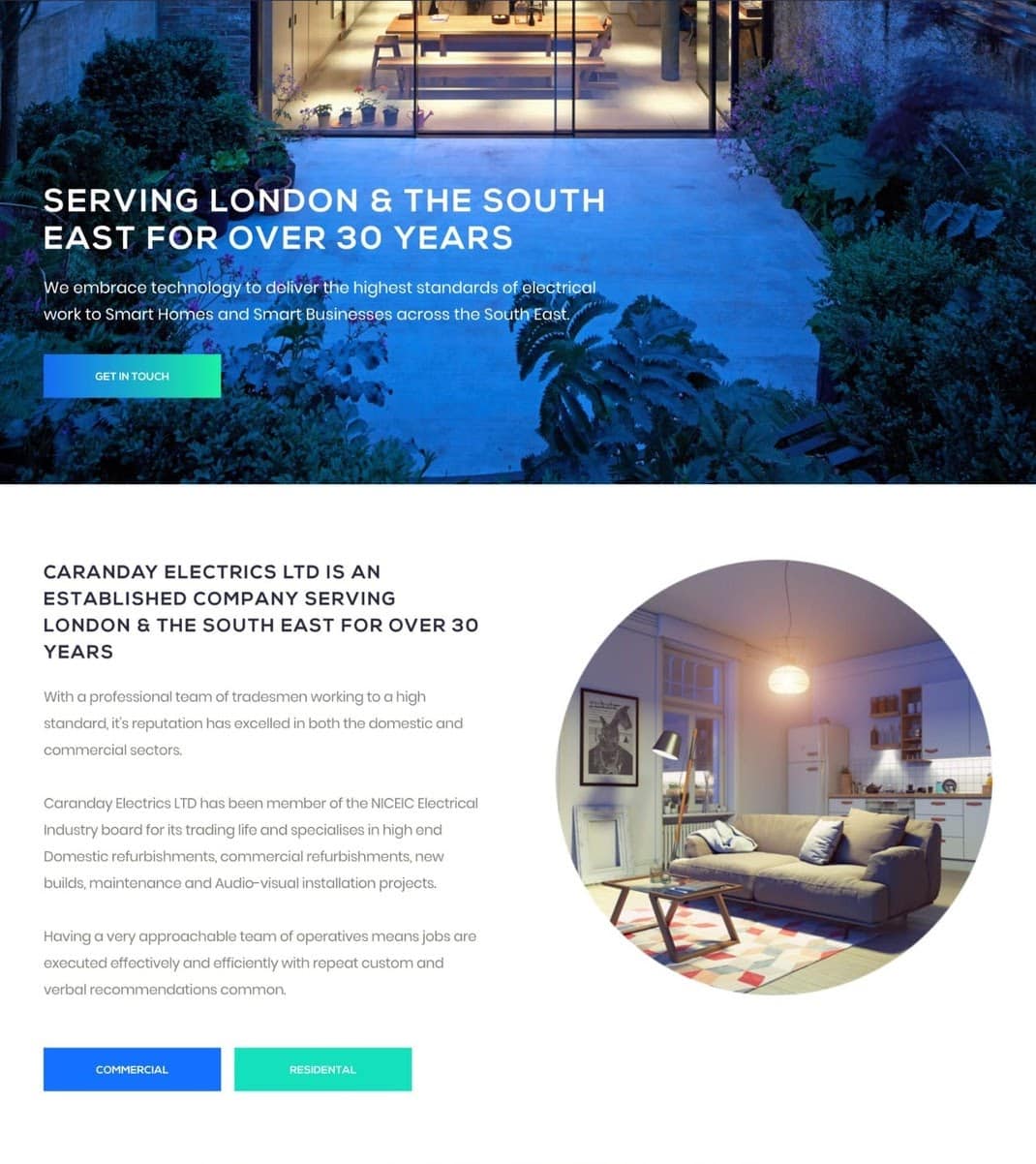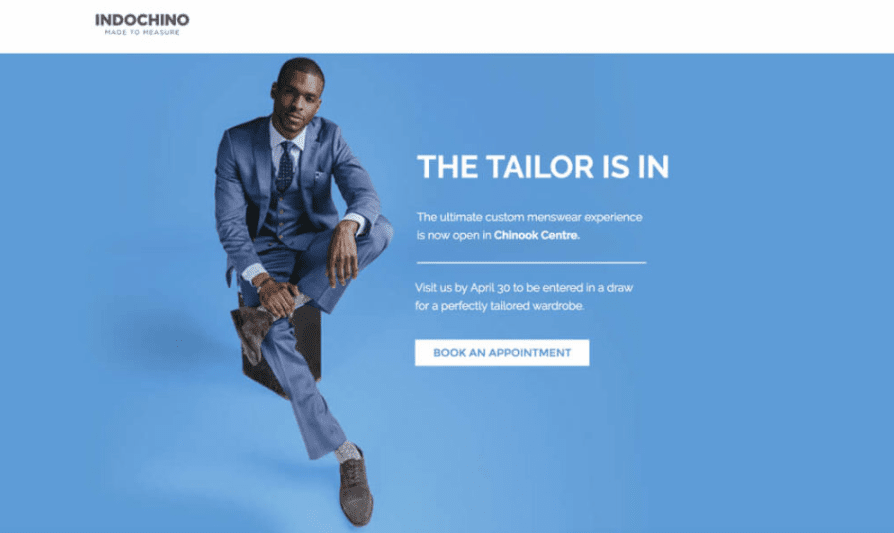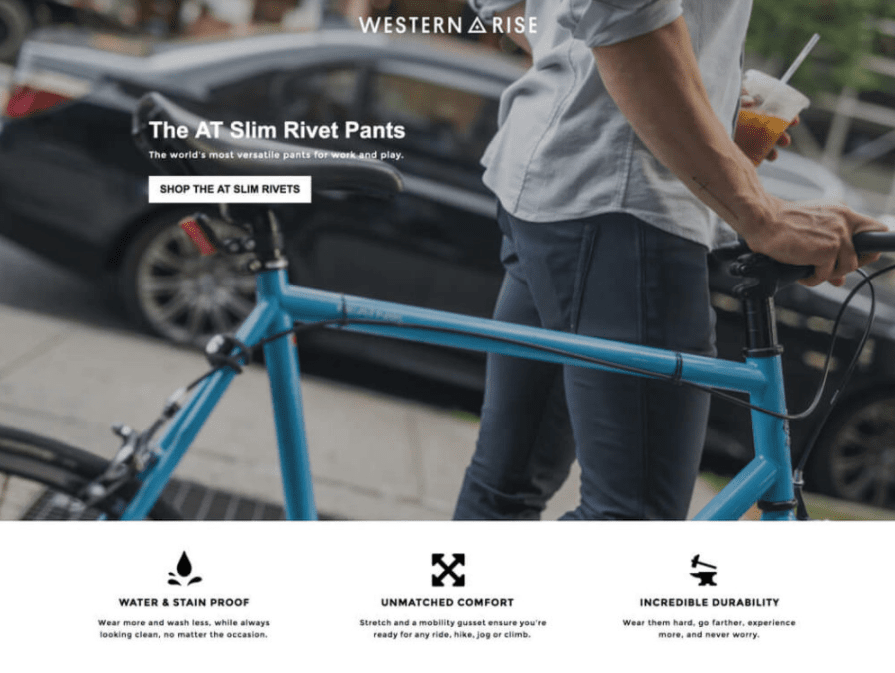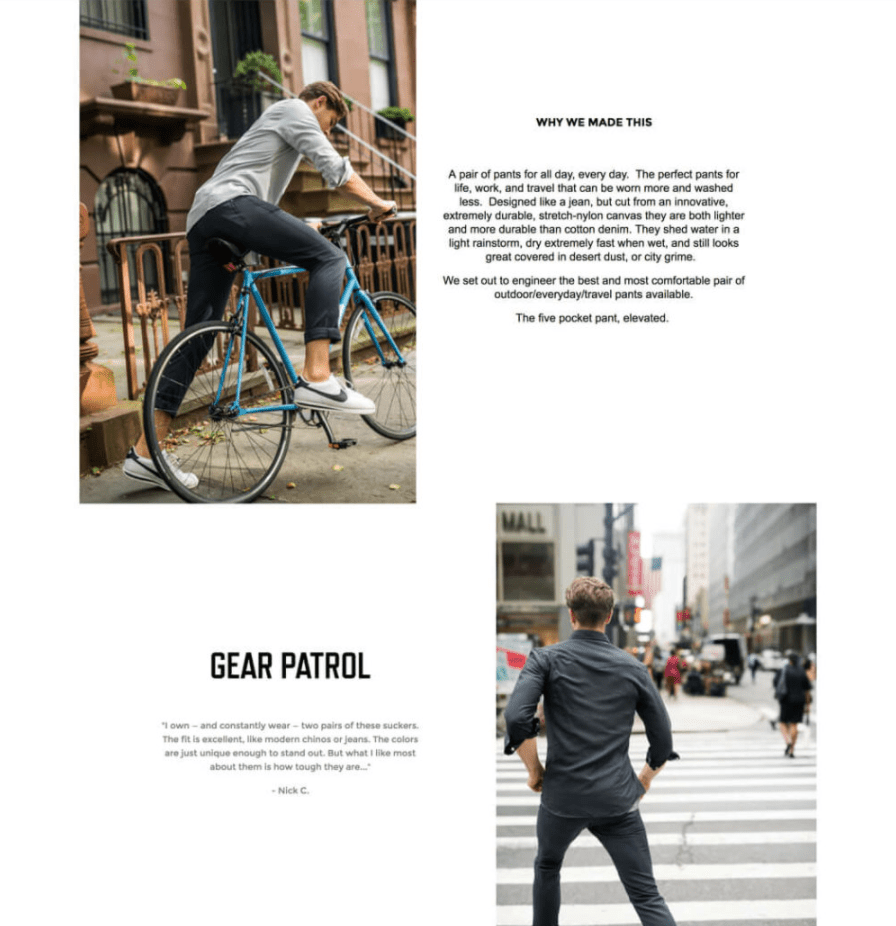So you’re planning your next marketing campaign and you’ve identified your target audience. Good stuff. But, as you use that audience profile in your marketing plan, something might seem off.
After all, if you imagine another company marketing to you, wouldn’t it feel weird to be lumped into one big group of people you don’t share anything in common with?
Even if you and another person like similar products, you’re still different people. You have your own personality and backstory.
That’s why marketers like to use segmentation: organizing their audiences into different groups depending on their traits.
We’ve already covered demographic and psychographic segmentation: divvyin’ up your audience based on who they are. We’ve also tackled behavioral segmentation: breakin’ up your audience by their behavior. Now, it’s time to add another type of segmentation to that list: geographic segmentation.
Let’s dig into what geographic segmentation is and what kinda geographic data you can use to spice up your landing pages.
What Is Geographic Segmentation and Why Should You Use It?
Geographic segmentation is the practice of putting your audience into different groups based on their location.
Why would you wanna target audience members by where they live? Even in the same country or region, every place has its own time zone, culture, and people. These differences give you plenty of opportunities to appeal to people based on the environments around them.
Once you understand what makes your audience’s areas unique, you can personalize your landing page content accordingly. Your audience members will feel more like you’re speaking to them instead of a generic group of people.
What Geographic Data Can You Use to Segment Your Landing Page Audience?
Wondering where you can get data on your customers’ locations? Qualtrics suggests using tactics like running a survey or checking data from your sales, website, or social media followers. You don’t have to do any fancy or expensive research.
Now, grab that data, and let’s see how you can use it to personalize your landing pages.
Country, state, city, or neighborhood
The most well-known method of geographic segmentation involves splitting your audience based on region. You can narrow down this approach to as small of a niche as a zipcode or as broad as a country, depending on your strategy.
This tactic works well for local businesses trying to catch searchers in their area. Nearly a third of online shoppers in the United States search for local businesses every day, giving you tons of opportunities to bring in new customers.
You might also want to focus on this regional segmentation if you offer an in-person service, like London’s Caranday Electrics:

Regional targeting is often tied to search engine optimization. Check out how Caranday Electrics mentions its region right in the headline to help search engines direct relevant users to them. But, they make that keyword insertion feel natural by mentioning it as a benefit.
You’ll also notice that this landing page targets two areas—London and England’s South East. Feel free to mention more than one region on your landing page if it makes sense. Just don’t get spammy about it.
Climate
Climate is an interesting geographic segmentation variable. It might not matter often for most industries, but when you mess it up, it gets super obvious.
Imagine getting served a landing page for snow gear in the middle of the summer. “What the heck am I gonna do with this?” you’d think. But the advertiser operates in the opposite hemisphere, so they didn’t think much about their targeting for different regions.
Here’s a subtler example from Mohua Wines:

This section of their landing page shows sunny scenes outside. If you live in a cold place while you see it, you might not be able to relate. Fortunately for Mohua Wines, they operate in New Zealand, where most of the country has a mild climate all year.
Regional launches
A regional launch gives you the chance to target a new audience segment: the people who live in your new location. You can streamline your launch experience by creating and marketing to this segment early on.
A regional launch landing page offers tons of unique marketing opportunities. For example, your new store, product, or service might have one-of-a-kind features that you’ll get to highlight. You could also build hype around your launch with a contest, like Indochino:

The first section of this landing page introduces Indochino’s new store and follows up with a tantalizing offer: “Visit us by April 30 to be entered in a draw for a perfectly tailored wardrobe.” The drawing gives a sense of urgency to visitors who might put off their trip to Indochino.

Farther down, another section highlights the new store’s hours and location. Visitors don’t need to leave the landing page to look up these details on the main website.
Population type
If you live in the city and go to the country or vice versa, you might be surprised to see how different population makeups create such different cultures. Urban and rural customers have different needs, buying situations, and interests.
Most areas with a high number of marketers are urban, but marketers need to remember this difference for better geographic segmentation.
Let’s see how urban and rural customers could view the same pair of pants differently.
This landing page for Western Rise’s AT Slim Rivet Pants mainly focuses on city scenes and benefits for urban commuters:

While this page mentions the pants’ comfort for hiking and climbing, its focus on pictures of city life suggests that those activities happen during weekend getaways.

But, since these pants have such flexible benefits, you could spin similar copy in a different way by focusing more on scenes in the country. Dirt-resistant and comfortable pants could also appeal to rural customers who work on projects at home.
Be Mindful of Cultural Differences
As you experiment with geographic segmentation, always remember the importance of cultural differences. For example, if you target a location and it turns out they use a different language than your landing page, your hard work will fall flat. Unbounce’s Smart Traffic sends visitors to landing page variants that will appeal most to them so you can avoid these kinda mismatches. It’ll help you stay on the path to increased conversions when you’re trying out a new audience segment.

![[Optimize – MOFU] AI Optimization Product Page – V3 – 2024](https://unbounce.com/photos/smart-traffic-blog-visual-cta.jpg)
